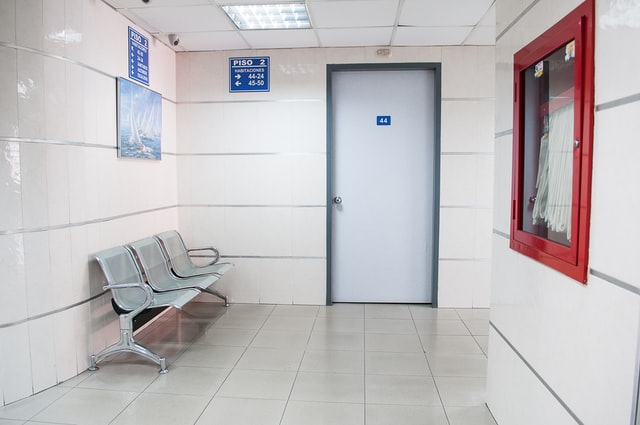How excited should we really be about a nationally available vaccine?


For months, Canadian citizens have been hoping and praying for a nationally accessible vaccine for COVID-19. But even after all those months, we still have no relative idea of when to expect a return to normalcy.
On Nov. 9, Prime Minister Justin Trudeau announced that he would like to see accessible vaccines at some point in 2021. Clinical trials have been providing promising results, and we’re beginning to see the light at the end of the tunnel.
“We hope to see vaccines landing in the early next year but between now and then it’s really really important that we double down on our efforts,” said the Prime Minister.
The Canadian government has bought the rights to 20 million doses of the vaccine and is willing to purchase more provided the first round of distribution goes well.
And although the Canadian government has made a point of reassuring citizens of the abundance of syringes available, 20 million doses is clearly not enough to reach our vast population.
Pfizer has been receiving extremely positive results from their initial testing of a COVID-19 vaccine, stating that they believe the vaccine to be around 90 per cent effective.
But as promising as that sounds, there are still countless hurdles to vault before Canadians will have access to a tested, reliable vaccine.
For one, scientists still remain skeptical of just how effective the vaccine will be. A 90per cent success rate is shocking, additional testing will need to be done to ensure its legitimacy.
As well, we have no timeline, no plan of distribution, no targeted demographic. The vaccine still needs to be approved by Health Canada. That’s a lot to tackle.
There is no data on long-term side effects and no data on demographic effects. Yes, this is hopeful news, but as infectious disease expert Dr. Isaac Bogoch has said, it is best to approach our hopes with “cautious optimism.”
As of now, there are eleven different pharmaceutical companies in the late stages of developing a COVID-19 vaccine, all reporting promising results. There is hope here; we just need to fight through the logistics of handling a globally sought-after vaccine.
One of the biggest barriers will be trying to figure out how to distribute the vaccine. Who will get the vaccine first? Do we send the high-concentration vaccines to areas of high infection rates or areas of low infection rates? Older age demographics or younger?
Another limitation is the temperature necessary to store the vaccine. Pfizer’s vaccines must be stored at a temperature around –70 and –80 degrees Celsius. Your everyday pharmacy simply can’t accommodate that.
One of the most concerning limitations is the number of vaccines available. Pediatric infectious disease specialist, Dr. Caroline Quach states that “we don’t have enough vaccines to vaccinate all Canadians,” and that “the rollout will be slow,” cautioning Canadians to stay patient.
Trudeau had a hopeful and comforting sentiment to leave his citizens with. “That’s how we’ll get through this winter. With a spring and summer that will be much better, I promise,” he commented.
For all of our sakes, I hope he’s right. After the expectedly frightening winter, we should have a better idea of when a nationally accessible vaccine will be available to the public. But for now, the most we can do is stay safe, stay warm and keep our fingers crossed.

